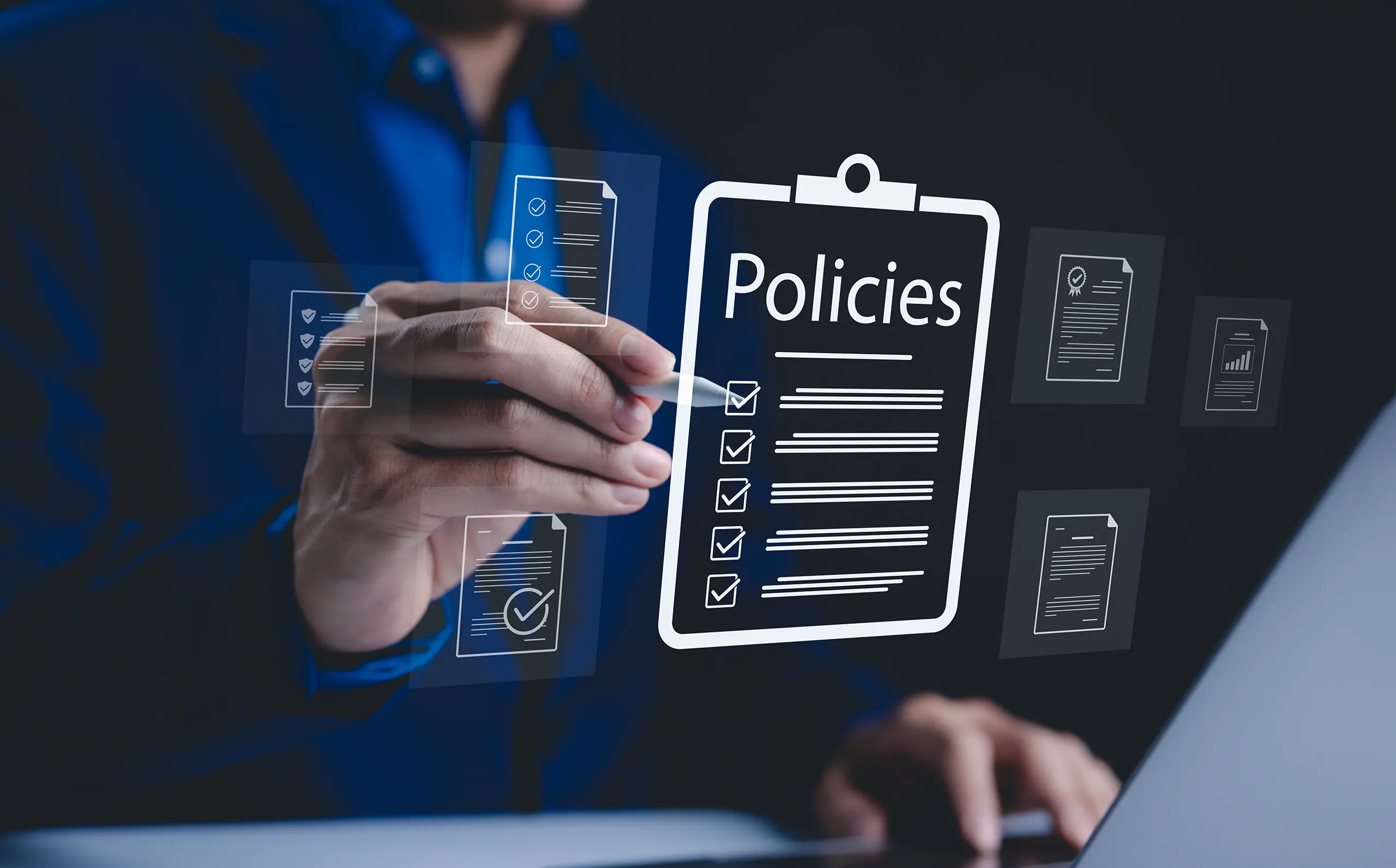Procurement & Compliance
your procurement
processes,
reduce legal risks, and confidently unlock
new opportunities.
How it works
lasting process.

Vendor accessibility compliance
Evaluate global third-party vendors using our detailed VPAT and ACR reviews to ensure all digital assets meet
accessibility requirements.

Streamlined procurement workflows
Embed accessibility into your RFPs, contracts, and policies, creating a structured and inclusive procurement process.

Strategic advice &
data-driven insights
Access easy to understand and insightful reports on accessibility issues found throughout procurement phases.

Actionable reports
We provide you with an objective, reliable, and comprehensive accessibility VPAT (ACR) report you can trust.
Why it works
Accessible procurement
De-risk the legal threat from your vendors by ensuring compliance with ADA, Section 508, and
EAA regulations.
Vendor accessibility compliance
Gain the ability to sell digital services across US/EU/UK government (B2G) and enterprise (B2B) contracts, opening doors to new marketsand customers.
Streamlined procurement
Adhere to complex B2B
and B2G procurement requirements and closes more deals.
Clear actionable reports
A clear, accurate VPAT signals a commitment to inclusivity and transparency, strengthening trust with clients, partners, and stakeholders.
Related solutions
98%
of websites
fail accessibility standards - ensure yours isn’t one
of them.
FAQs
What is procurement?
Procurement is the structured process of sourcing, purchasing, and managing external vendors, goods, or services to meet business needs. A well-defined procurement process ensures transparency, accountability, and compliance across supplier relationships, particularly when accessibility requirements are involved.
Organisations also rely on acquisition strategies to enforce standards, mitigate risk, and align purchasing decisions with broader goals like accessibility compliance.
There are various procurement methods, such as:
Open tendering
Request for quotations
Two-stage tendering
Selective tendering
Request for proposals
All of which require consistent governance and accessibility considerations to support legal compliance and inclusive procurement practices.
To learn more about how leadership shapes inclusive decisions across processes, check out our blog on The Power of Inclusive Leadership.
Why is accessibility important in procurement?
Accessibility is essential in purchasing and sourcing, as it ensures the goods, services, and digital tools you acquire are usable by everyone, regardless of ability. Integrating accessibility into your procurement processes not only ensures that you meet legal requirements like ADA, Section 508, and EAA regulations but also improves accountability and reduces risk.
Prioritising accessibility in purchasing compliance helps teams select vendors that align with organisational values and build trust with diverse users and stakeholders. It ensures that your processes are proactive and lead to better outcomes across public and private sector environments.
You can explore further benefits of prioritising accessibility for your business to see how inclusive practices can drive efficiency and business growth.
How does accessible procurement reduce legal risk?
Accessible procurement reduces legal risks by ensuring that your organisation selects vendors, services, and products that meet established accessibility standards from the outset.
Integrating clear accessibility requirements into your procurement processes, such as RFPs, contracts, and evaluations, you minimise the risk of introducing non-compliant tools or services that could lead to legal challenges or reputational damage. Read about the first European digital accessibility lawsuits to see how non-compliance has already impacted organisations.
It also demonstrates your organisation’s commitment to ethical and inclusive practices, which can strengthen relationships with clients and stakeholders. In addition, accessibility can be a contractual or funding requirement, and failure to meet relevant standards may result in disqualification or breach of contract.